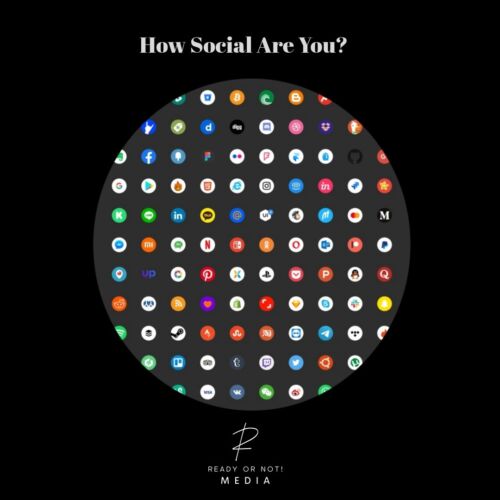
Access is a Right, Not a Luxury.
How many of us have said, “I need a vacation, It’s my dream to go there.”
Whether you’re planning to explore the great outdoors, relax on a tropical island, or soak up the sun on a beautiful beach, there are many factors to consider when planning your dream vacation. One of the most important things to consider is accessibility.
But why? Shouldn’t every place just be accessible to begin with? Reflect back on where you have last traveled to…were you aware if it was accessible when booking?
Will hotels and at public attractions be wheelchair accessible? Audio-visual smoke detectors? Hotel Shuttles, sensory bags with verbal cue cards? Sensitive allergy menus? Noise cancelling headphones for guided tours?
Good news, Exploryst, TravelAbe, Accessible Go, Open Doors Organization and other companies such as Travel for All, Seable Holidays, Easy Access Travel, Planet Abled, Wheel the World, and Tapooz Travel are the pioneers of this charge to be travel and disability inclusive.
I WANT To Travel The World.
Missing the boat.
No one deserves to feel left out.
1.8 Billion people living with a disability worldwide who are limited to traveling to places that are disability accessible. Those with mobility disabilities spend $58.2 billion per year on travel. For this market to be fully tapped into, the travel industry needs to improve accessibility and cater to the needs of those with disabilities.
Taxi!
Would you enjoy waving down taxi after taxi just for them to ignore you for hours?
People with disabilities struggle to move about cities as they are being neglected by taxis. The Transport Minister of Taxi stated that “Unfortunately, vulnerable members of our community are being left on the side of the road and that is unacceptable.” Drivers have been explained the concept that wheelchair taxi jobs must be a priority, however, these users are still left behind each and every day.
Attractions around the globe must work to make their destination attractive to all. By prioritizing accessibility, destinations can improve their reputation, increase revenue, and contribute to a more equitable society.
I am READY to have the conversation with you so we can have your suitcase ready to go!











